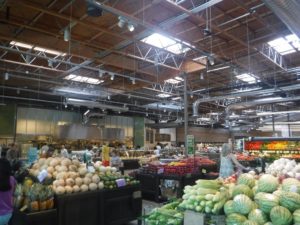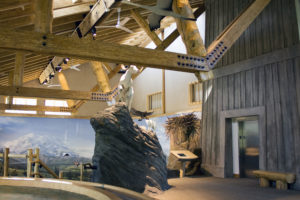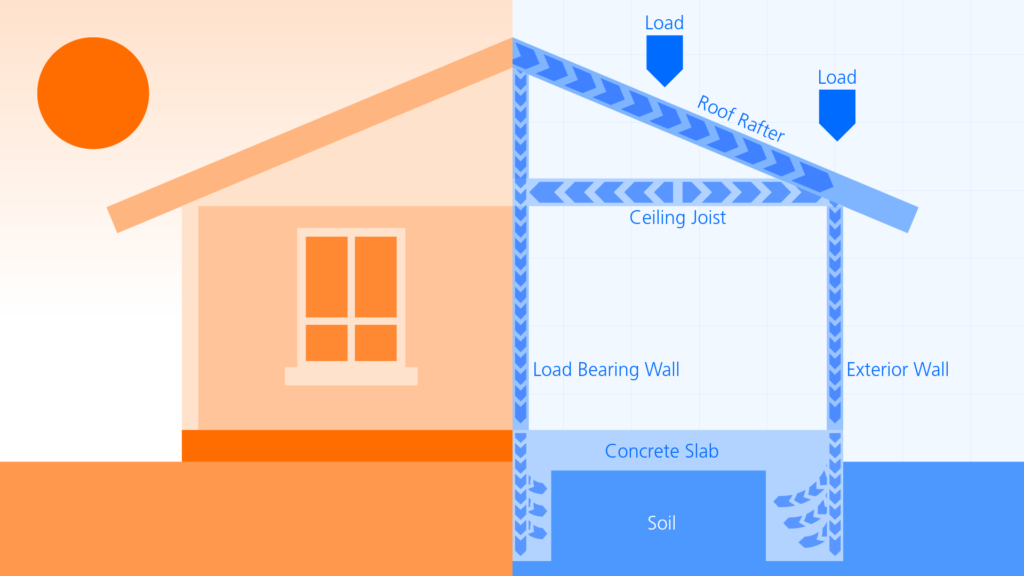
If you notice someone who immediately looks up as they enter a building, there’s a good chance he or she is a structural engineer. We just can’t help ourselves — there’s so much to see and learn from each new structure we visit. The exposed structural framing are pieces of a puzzle that we want to solve and share with others. Just ask my wife (who has heard these stories a few too many times)… even while on our honeymoon in Italy she got an engineering lesson about flying buttresses and exactly why those old churches are architectural and engineering masterpieces.
Buildings that we visit in our everyday and leisurely lives, including churches, community centers, visitor’s centers, waterfront piers, museums, shopping malls, stadiums, airports, schools, natural markets, restaurants, and lodges, all have a story and engineering lesson to offer. As structural engineers, we have the awesome privilege of defying gravity (and earthquakes) to keep people safe and essential buildings operational. We help facilitate functionality and the desire for open spaces and open views, by physically manipulating the forces from nature’s imposing demands and from the number of people these structures serve. In looking up, we think about the 25 pounds per square foot of snow we account for in Western Washington. That would be equivalent to a person standing on the roof about 2.5 feet apart in both directions as shown in the graphic below. At ski lodges roofs are designed for 20 times that amount. Imagine that the next time you take a trip to slopes or wait for your bags at the south concourse at SeaTac airport. We also see the X-bracing that not only stabilize the building against earthquakes and wind storms, but also allow the buildings to dissipate the energy imposed by earthquake ground motions as we try and outsmart mother nature.
This is why observing structures and looking up is so intriguing to us. There is always something new to see – a different solution to consider, innovative configurations and systems to entertain, and inspirations for the next project. As structural engineers, society depends on us to design safe buildings and the part that makes the puzzle challenging and rewarding is finding solutions that are practical to build yet have a bit of elegance to be seen. In recent years, more and more buildings have structural components that are exposed to view without finishes, ceilings, or false cladding wraps. To me, newer buildings and its architecture have become more engaging as a result. Not only does exposed structure look great, if you know what you’re looking for, it also educates. In fact, in some educational buildings, structural components and connections are exposed to show students the science and engineering that keeps them safe and to encourage questions about what that column supports, why that connection looks the way it does, or how that truss is able to span so far.

So if you spot one of us looking up and crashing into furniture, after you’ve let out a good laugh, take a moment to check out the physics lesson that’s above you and don’t hesitate to ask us questions. From the structural solutions shared by those cathedrals in Italy to those we come up with today, my hope is that the buildings you visit will be able to tell you our stories. To see them, all you have to do is look up.


